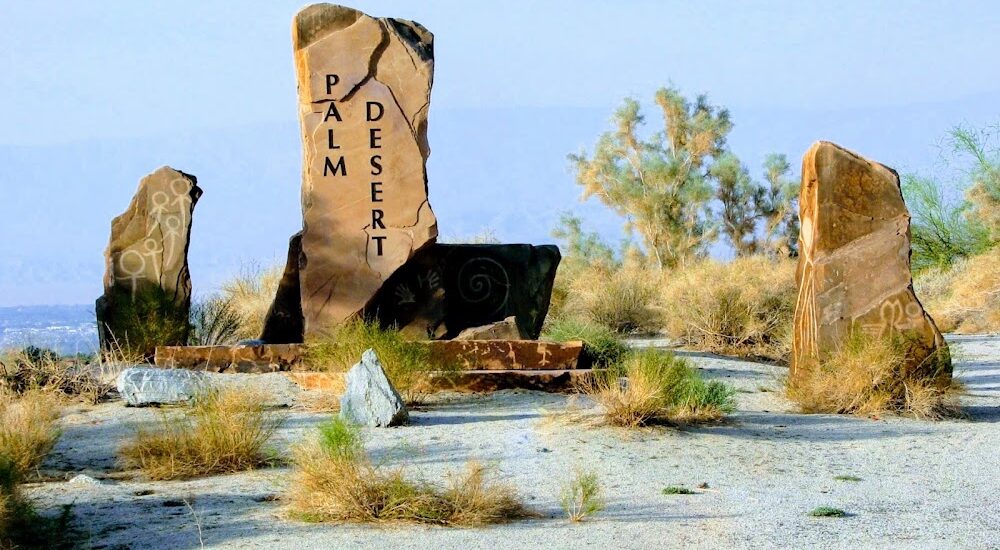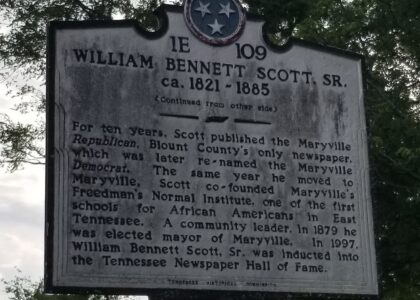Welcome to the Palm Desert Sign, a landmark that marks more than just the entrance to this vibrant city. Although the sign itself may seem like a simple point of interest, it stands as a gateway to the rich tapestry of history that Palm Desert offers. Located in the Coachella Valley, Palm Desert’s history is intertwined with the broader narrative of Southern California’s development.
Originally known as the Old MacDonald Ranch, the area that became Palm Desert was first inhabited by the Cahuilla people, whose legacy continues to influence the region. In the 1920s, the name changed to Palm Village, thanks to the planting of date palm groves, which were pivotal in shaping the local economy.
Palm Desert began to take its modern form during World War II, when General George S. Patton established the Desert Training Center nearby. This military installation was crucial for preparing American troops for combat in North Africa. After the war, the region saw significant development under the leadership of Clifford W. Henderson, who envisioned a planned desert community. In 1948, the Palm Desert Corporation began real estate development, and by 1951, the area officially adopted the name Palm Desert.
Notable figures who have had an impact on Palm Desert include Randall J. Henderson, publisher of Desert Magazine, and his brother Clifford, who were instrumental in the city’s early development. Additionally, the city’s cultural and social landscape has been shaped by its proximity to Palm Springs, a retreat for Hollywood’s elite.
As you stand by the Palm Desert Sign, consider its role as a symbol of the city’s evolution from a modest community to a bustling hub of culture and leisure. The sign is not just an entry point but a reminder of the rich historical narratives that have shaped this part of California.
So, as you continue your journey, remember that Palm Desert is more than just a destination—it’s a story waiting to be discovered.



